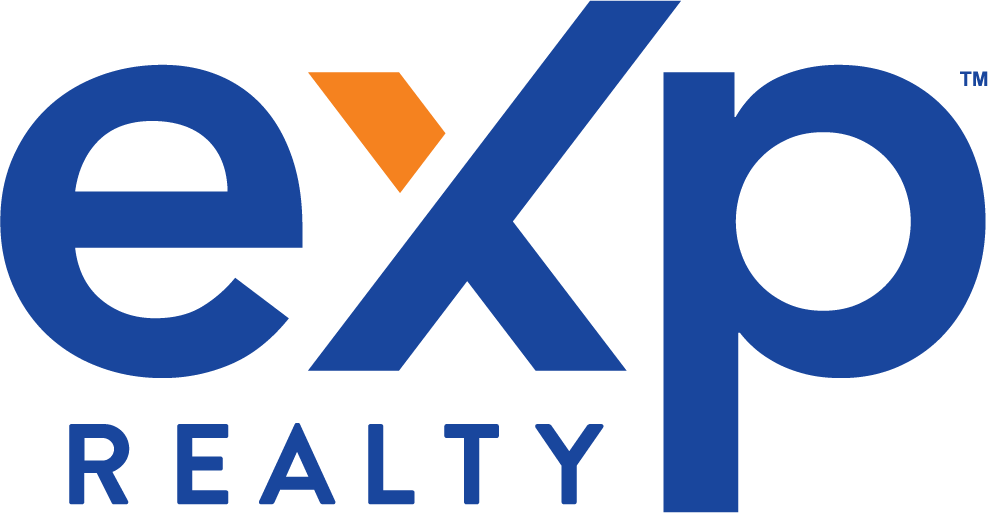As a house hacker, I have learned the importance of identifying three key metrics (Monthly Payment, Monthly Rent, and Reserves) to assess a good deal. Once you assess the deal you’re looking at, you can use the same metrics to come up with your expected profit aka cash flow. At the end of the day, the only thing that matters is cash flow in any house hacking deal. Personally, I like to look at the property in two specific ways based on my house hacking goals. They are to live for free while hacking and then cash flowing once my wife and I move out and rent out the unit. To do that, I will take the monthly rent (-) monthly payment(s) (-) reserves to quickly see my potential cash flow. Before breaking down how to apply the metrics, I want to break down the definitions of the formula listed above. Simply put, monthly rent is the potential income that comes from your tenant(s) each month, monthly payment is the money that goes to your lender for PITI (principal, interest, taxes, insurance) and any other fixed expenses like water/sewer, and reserves is money set aside based on the financial position that protects you from maintenance costs and tenant vacancies. Potential cash flow equals monthly rent (-) monthly payment(s) (-) reserves. Listed below is an example of a property breakdown to help understand the math:
Property Cost – $330,000
Monthly Rent – $2,350
(-)
Monthly Payment – $1,638 (PITI only)
(-)
Reserves – $200
Monthly Cash Flow – $512.00
Pro Tip: Set cash flow and reserve goals based on your financial position and strategy





